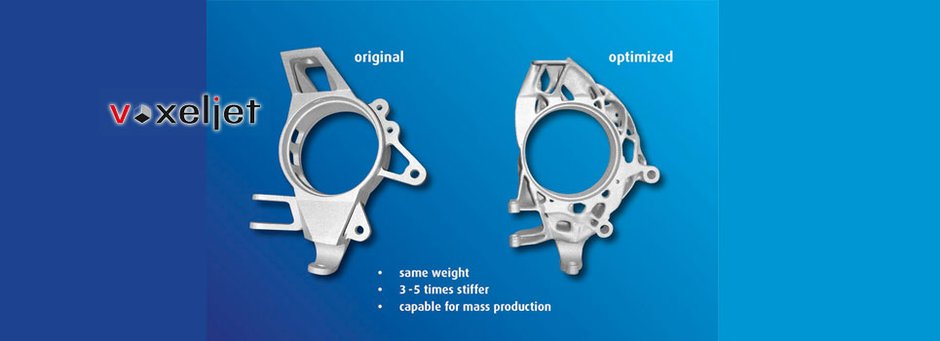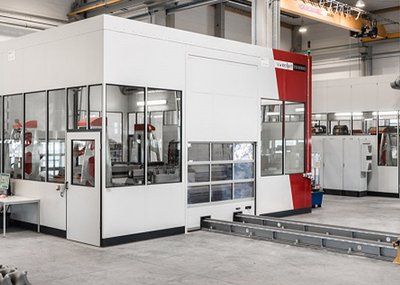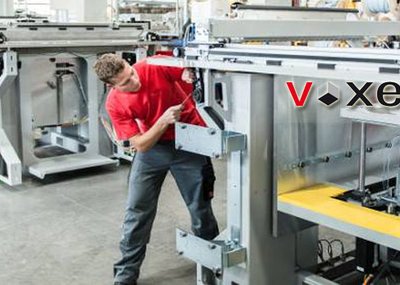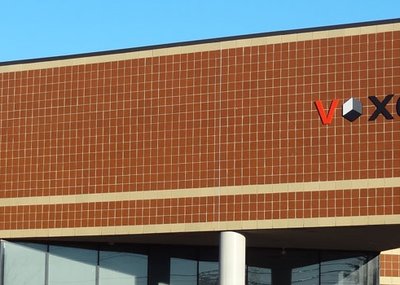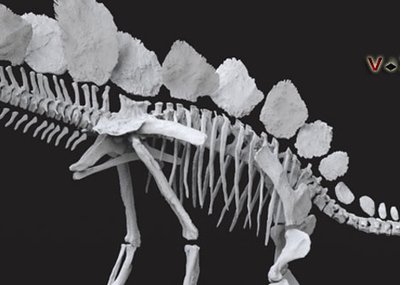Blending engineering technologies leads to innovative design and manufacturing process: Altair, Click2Cast, HBM nCode, and voxeljet combine design optimization, casting simulation, fatigue analysis, and 3D printing to create better-performing, lightweight vehicle component
Altair, Click2Cast, HBM nCode, and voxeljet today announced that the companies have collaborated on a new design and manufacturing process which combines the freedom of 3D printing for innovative mould making with a simulation driven design process. Together they present a technology demonstration that stands out with dramatic performance improvements and the solid potential for serial manufacturing and mass production. Bringing design optimization, fatigue analysis, casting, and 3D printing together addresses the challenges of lightweight design and enables the creation of an innovative design and manufacturing process that enhances performance and efficiency.
“When it comes to speed and capabilities for serial production you might want to look at this process," said Kevin Smith, Director Global Applications, voxeljet. It marks the “rebirth” of one of the oldest manufacturing process available – casting! The new process includes moulds made with 3D printing, an entirely new approach to mould making. By using the voxeljet 3D printing process, mould making is dramatically faster and the design freedom this process offers is great. 3D printing the patterns and moulds, is potentially the only way we can achieve this level of cast complexity. To leverage the design freedom 3D printing offers to full capacity, the design for the printed piece comes from simulation tools, which provide structural inspiration and enable the assessment of manufacturability and durability. The result we have received is very promising: the component is now 3-5 times stiffer (depending on the load case) than the original design without having to add weight. Another great advantage of this approach is, that the manufacturing process is already well established, certified in various industries and is suitable for mass production."
Using a milled billet aluminum upright (wheel carrier) for a student racecar to demonstrate the process, designers and engineers from the companies focused on creating a new shape for the wheel carrier that would be equal in mass but would perform significantly better than the original. The wheel carrying component is subject to deflections and deformations under load, which significantly impact the road-holding performance of the entire suspension. Stiffness of the component is critical. The original design, driven more by manufacturing needs, was now reworked for performance.
First, the design space was defined using Inspire, a concept design and optimization tool based on Altair’s OptiStruct optimization solver. Then the most severe load cases, such as hard braking, maximum cornering, and driving over bumps, were applied to the model. After running the optimization, which also took manufacturability into account, the result was a part with exactly the same amount of material (now aluminum cast) but distributed in such a way as to increase stiffness by a factor of 3-5, depending on the load case.
Because fatigue damage is driven by the component’s entire loading history and not just the maximum load, a fatigue schedule of 35 hours of loading from five different road conditions was developed and imported into nCode DesignLife. Stresses computed by Altair OptiStruct from unit loads were also included, enabling the engineers to assemble stress histories for all locations on the wheel carrier. This data, along with material properties from the DesignLife’s database, was used to predict fatigue damage.
Click2Cast (C2C) casting simulation was used at two points – the beginning and end – in the design process. In the early phase, C2C allowed designers to test the manufacturability of the component design and optimize it, avoiding internal defects and analyzing critical areas while also reducing iterations between the design and production departments. At the end of the design phase, C2C was used to simulate the full mold filling process and thermal solidification, helping create the most efficient manufacturing method and minimizing any waste in energy, time, and materials.
With optimization, fatigue analysis, and casting simulation complete, the results were sent to voxeljet for 3D printing of the moulds. Using CAD data, voxeljet produces plastic models by applying a particulate material (in this case, polymethylmethacrylate, or PMMA) in layers, bonded with a binding agent. This organic material results in a very low ash content and zero pattern expansion, with perfect burn-out characteristics, and is therefore well suited for investment casting. With excellent dimensional accuracy and high-quality surface finish, PMMA 3D printed models allow for highly complex designs that are mechanically stronger than previous cast designs. While cast designs may be lighter in weight, the 3D printed plastic models cost vastly less to produce, having no tooling investment.
“We are very pleased to realize such an innovative initiative with our partners,” said Mirko Bromberger, Marketing Director, Altair Engineering GmbH. “The technology demonstration clearly shows the potential this integrated process offers. By combining optimization, fatigue analysis, casting simulation and 3D printing, it is possible to leverage the full potential of lightweight design or, as in this case, significantly improve performance without compromising weight goals. With this wheel carrier component, Altair, our APA partners Click2Cast and nCode, and voxeljet have proven that a paradigm change in how products are developed is possible and already available today.”
The entire process, including the 3D printed moulds and the final aluminum casted component, will be displayed at HANNOVER MESSE 2015 in Hall 7.
Partner
Foundry Corporate News
Topics 3D Printing
Topic Patternmaking, mouldmaking and tooling & Rapid Prototyping, rapid tooling
Topic Investment casting
Topic Low-pressure diecasting
Topic Machine mould casting
3D Printing for Innovative Mould Making Combined with Simulation Driven Design Inspiration Push the Limits for High Performance Castings
Reading time: min
[10]

